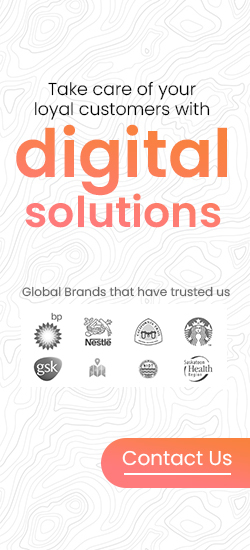How to Use Data Analytics to Enhance App Development?
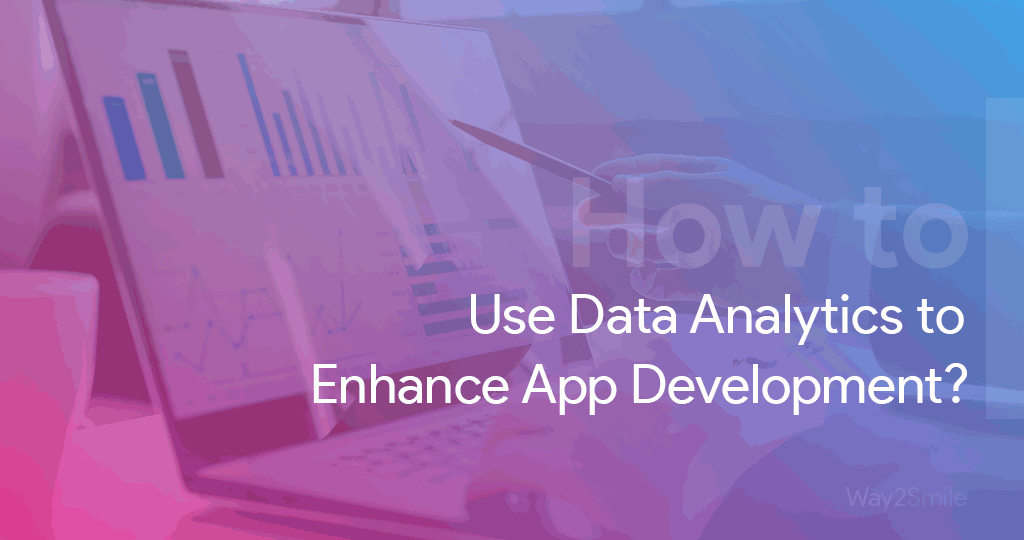
A Mobile App is what a business needs, regardless of whether it is for enhancing a service or product, looking for more email sign-ups, aiming for greater advertising revenue, or as a sales funnel. But, there is no denying the cutthroat competition in the world of mobile application development industry. And, when your app does not seem to be getting the desired results, you deserve to know the reasons why.
The days of trying to achieve success in mobile apps by simply going on a hunch are long gone. You need data analytics for mobile applications to know where you are going wrong and what you can do right.
There are multiple ways through which data analytics can help you in enhancing your app development, and some of those ways have been discussed below. Read on to find out more!
Read Also – Top 10 Digital Transformation Trends in 2020 to keep an eye on!
Product Development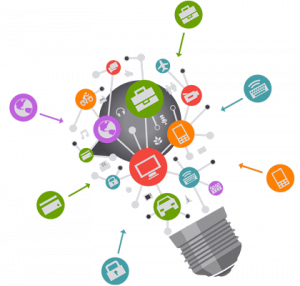
There has to be a thorough analysis of the user insights and the market before starting to develop any product. The analysis can encompass a wide variety of markers, right from studying the performances of the previous apps, studying comparative apps, to the trends of user behavior in those apps. Regardless of what product you are developing, a complete analysis of all the factors is an important aspect in making the product more acceptable to your target audience.
Data analysis does not end when an app is completely designed, because the analysis is also what you will need for making an app evolve. Consistent monitoring of the metrics of the app helps in answering the exact needs of the users and meeting the demands of the market.
Comparison and competitive analysis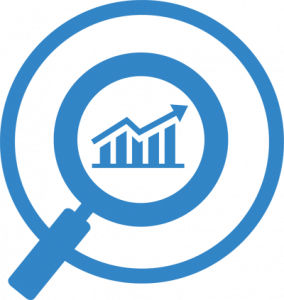
Data analytics offer an insight into your competition. Picture it like this: there are over six million apps available all over the world, and each month about twenty thousand new apps are added to the mix. Now, you know why you need to keep a close eye on your competition.
What ratings do the other apps in your vertical get? What are the most loved features of the popular apps in your category? What is the download rate for those apps? What are the features that the users are still looking for? What is the price of those apps and how much is your competitor making?
These are only a few examples of the questions that data analysis can answer. And, using the answers you can get your App Development Company to come with something better than what already exists.
Of course, there are other ways to get an idea about your competition, as well. You can research extensively around certain keyword terms, catalogue the findings, and so on. But, these cannot be your sole way of knowing more about your competition. Besides, nowadays there are multiple paid services that can help you by offering automated data about your competitors.
Analyzing your targeted users
Besides the standard metrics, like the amount of uninstalls, the lengths of the sessions, and the number of active users, a variety of other useful information exists that you can collect from the apps about user behavior, which can be used for improving the performance of the apps.
User information also helps in targeting advertisement campaigns by offering visibility regarding where your users are clustered. The information you get helps in changing or adding key features, like products, languages, and paid or extended features.
Data regarding the times and days when your users are active helps you in sending them notifications accordingly. For instance, the popular times might be weekends for some apps and weekdays for others, and working hours for some and after working hours for others. Even data regarding the age and the gender of the users can come in handy when you are trying to cater to the needs of your users.
Read Also – How to use Analytics for Mobile Apps: Google Analytics SDK vs Firebase?
Heat maps and in-app usage for user interactions analysis

The popular app tracking tools have in-app usage feature that indicates metrics like where, when, and how often the users click somewhere in the app. It helps in determining the features that are working, and the ones that the user is not interacting with much.
Event tracking assists with marketing and conversions, and such events can include user choices, menu selections, social media shares, and actions completed.
Heat maps are another good way of tracking user interactions. It offers important data about what the users are paying more attention to, which also indicates, for example, why a particular feature is being overlooked.
Constant monitoring of app performances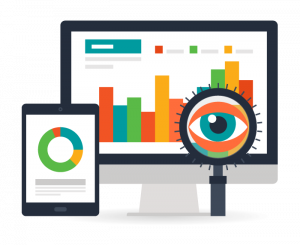
Data analytics also shows app performances in terms of page speed. An app that takes too long to work will not be able to retain the users for too long.
Performance reports also indicate the length of time it can take for the users to complete certain tasks on the app. It provides feedback regarding how to make those tasks easier to accomplish, and indicate where the users might need some guidance to complete tasks.
The most important thing that it shows is where the most dropouts occur in an app, which helps you understand why a user is uninstalling an app.
Crash reporting and bug analysis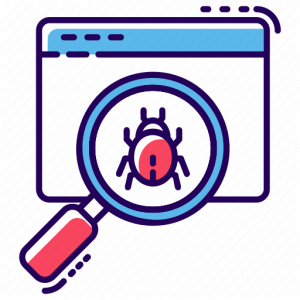
Crash reports are significant to the enhancement of an app. There are so many apps available in the market right now that if your app ends up crashing regularly, your users will just uninstall it and look for the next best alternative.
Thus, the app developers need to pay attention to the crash reports to make sure that all the underlying reasons get addressed.
Conversion rates and revenue generation
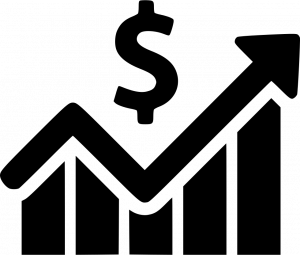
When an app is designed as a funnel or for conversions, the statistics regarding who is getting converted, from where, and why are important things to know.
Figuring out the point where users tend to drop out more helps the developers in understanding where redesigning is required. It can something as simple as reworking the menus, navigating through prompts, or the steps to accomplish a task.
A/B testing to improve performance
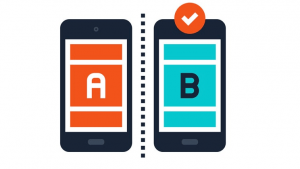
A/B testing helps in taking any guesswork out of the design changes and makes it easier to figure out what is working. Monitoring and deploying the alternative version with the A/B testing parameters define what can improve a feature before that feature is turned permanent.
Direct user feedback
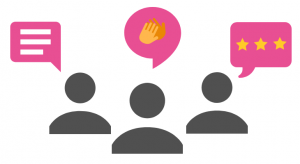
You can have a prompt or a short quiz to get the user feedback directly. The data you get this way can be helpful in improving app features. Most users like providing feedback anyway, and even more so when there are incentives on offer for the feedback, like points or discounts for a short survey.
Data capturing programs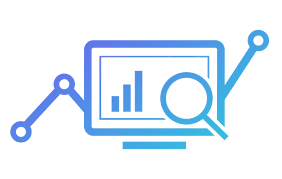
In-built app store functions are not enough for a thorough analysis, and so, the App Developers need to look for other ways to find the solutions. Of course, there are free solutions on offer from Google, Amazon, Apple and Flurry, but there are several paid solutions available for this, as well.
Wrapping up
Using the right metrics in guiding your decisions is crucial in sustaining the success of your apps and delivering better apps. Guesswork has to be put out of the window in this era of ever-increasing competition. And, for designing apps that meets the user needs, data analysis is an absolute necessity. As a leading IT consultancy company in Chennai, Way2Smile effectively leverage data analytics to build mobile app solutions that drive your business move forward!


